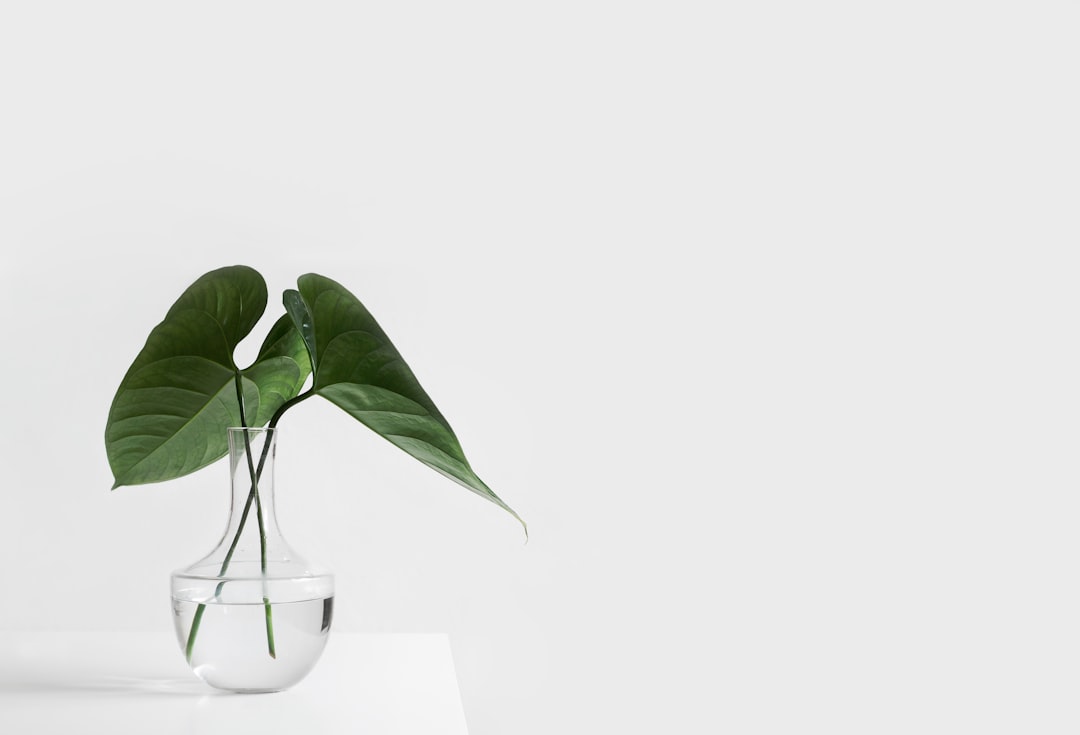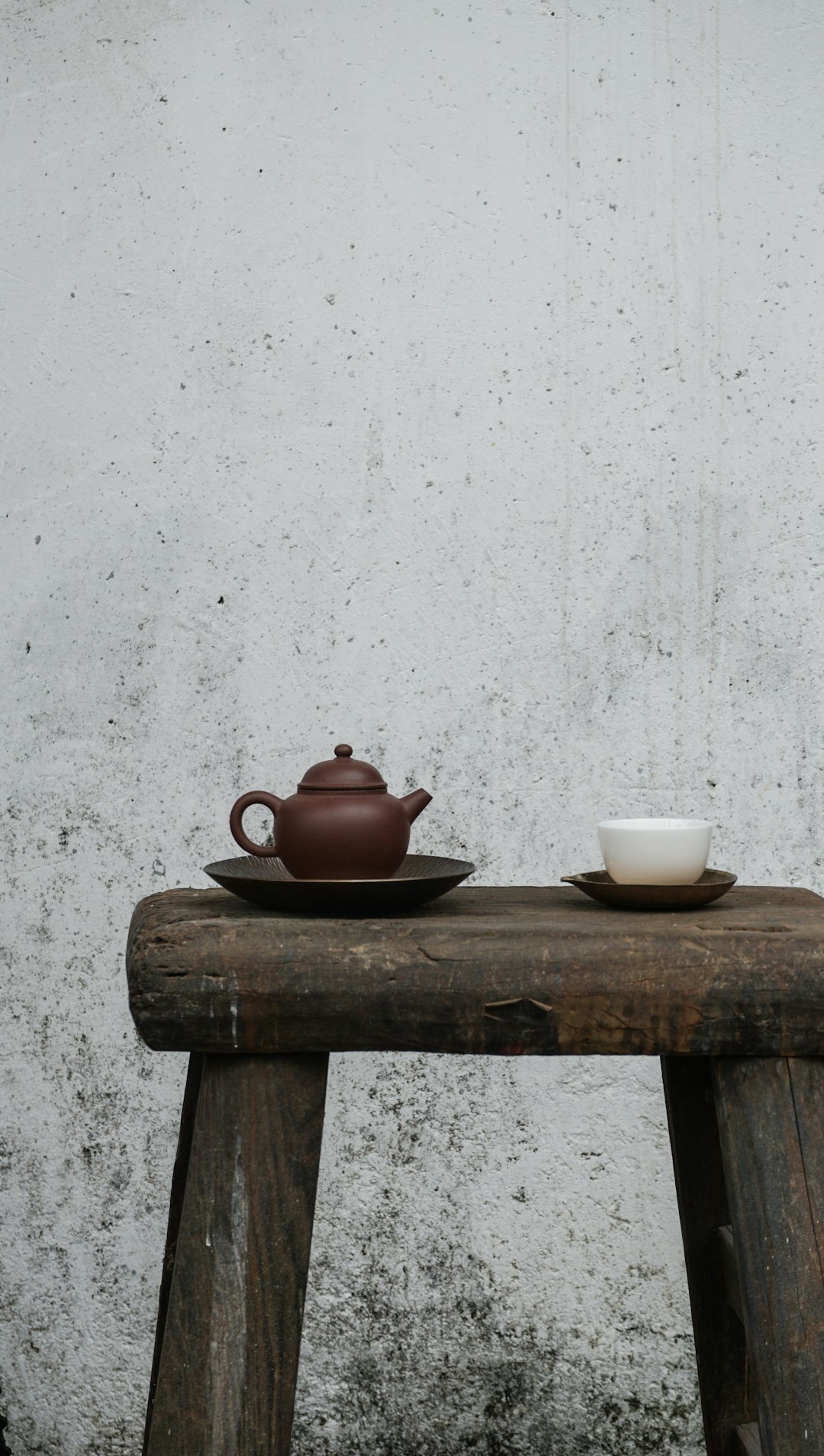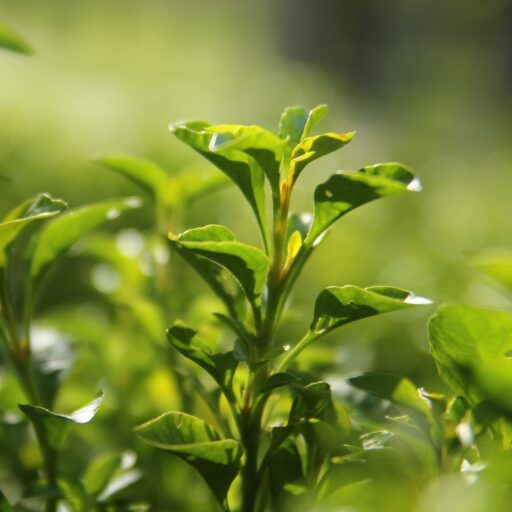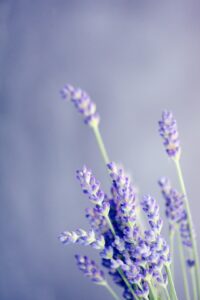Support our educational content for free when you purchase through links on our site. Learn more
Can You Grow Tea as a Houseplant? [2024] 🌱
Quick Answer: Yes, you can grow tea as a houseplant! Growing tea plants indoors allows you to enjoy the pleasure of cultivating your own tea leaves and experiencing the satisfaction of brewing a cup of tea from plants you’ve nurtured. In this article, we’ll guide you through the process of growing tea as a houseplant, share quick tips and facts, and provide recommendations for the best products to help you get started on your indoor tea garden journey!
Imagine waking up to the aroma of freshly brewed tea, made from leaves you’ve grown right in your own home. The idea of growing tea as a houseplant may seem intriguing, and we’re here to tell you that it’s not only possible but also a rewarding experience. So, grab your gardening gloves and let’s dive into the world of indoor tea gardens!
Table of Contents
- Quick Answer
- Quick Tips and Facts
- Background: The Art of Growing Tea Indoors
- Selecting the Right Tea Plant
- Creating the Perfect Environment
- Caring for Your Tea Plant
- Harvesting and Brewing Your Homegrown Tea
- FAQ
- Conclusion
- Recommended Links
- Reference Links
Quick Tips and Facts
Before we dive into the details, here are some quick tips and interesting facts about growing tea as a houseplant:
✅ Tea plants (Camellia sinensis) can be grown indoors in containers, making it possible to cultivate your own tea leaves at home.
✅ It takes approximately three years for a tea plant to mature enough to start harvesting leaves for tea production.
✅ Tea plants thrive in warm climates (zone 8 or warmer), but they can also be grown indoors in cooler areas.
✅ In addition to true tea (Camellia sinensis), you can also grow herbal teas using a variety of herbs like chamomile, lavender, peppermint, and more.
✅ Growing tea as a houseplant allows you to experiment with different tea flavors and enjoy the satisfaction of a homegrown brew.
Now that you have a taste of what’s to come, let’s explore the art of growing tea indoors in more detail!
Background: The Art of Growing Tea Indoors

Growing tea as a houseplant is a centuries-old tradition that originated in regions where tea cultivation is prevalent. While tea plants thrive in warm climates, advancements in indoor gardening techniques have made it possible for tea enthusiasts around the world to cultivate their own tea plants indoors.
By bringing tea plants into your home, you can create a mini tea garden that not only adds beauty to your space but also provides you with a sustainable source of tea leaves. Whether you’re a tea connoisseur or simply enjoy the process of nurturing plants, growing tea indoors is a delightful and rewarding endeavor.
Selecting the Right Tea Plant
To embark on your indoor tea garden journey, you’ll need to select the right tea plant. The most common tea plant species used for making true tea is Camellia sinensis. Within this species, there are several varieties, each with its own unique characteristics and flavor profiles.
When choosing a tea plant, consider factors such as the climate in your area, the available space in your home, and your personal taste preferences. Some popular tea plant varieties include:
- Camellia sinensis var. sinensis: This variety is known for its delicate flavor and is commonly used for green and white teas.
- Camellia sinensis var. assamica: This variety is known for its robust flavor and is often used for black and pu-erh teas.
- Camellia sinensis var. cambodiensis: This variety is known for its unique flavor and is used in the production of oolong teas.
By selecting the right tea plant variety, you can tailor your indoor tea garden to suit your taste preferences and create a diverse range of teas to enjoy.
Creating the Perfect Environment
Tea plants require specific environmental conditions to thrive and produce high-quality leaves. Here are some key factors to consider when creating the perfect environment for your tea plants:
✅ Light: Tea plants thrive in bright, indirect light. Place your tea plants near a window that receives ample sunlight, but avoid exposing them to direct sunlight, as it can scorch the leaves.
✅ Temperature: Tea plants prefer temperatures between 65°F and 85°F (18°C to 29°C). Avoid exposing them to extreme temperature fluctuations or drafts.
✅ Humidity: Tea plants prefer moderate humidity levels. If the air in your home is dry, consider using a humidifier or placing a tray of water near your plants to increase humidity.
✅ Watering: Tea plants require consistent moisture. Water them when the top inch of soil feels dry, but avoid overwatering, as it can lead to root rot. Use room temperature water to avoid shocking the plants.
✅ Soil: Tea plants prefer well-draining soil that is slightly acidic. A mix of peat moss, perlite, and compost can provide the ideal growing medium for your tea plants.
By providing the right combination of light, temperature, humidity, watering, and soil conditions, you can create an environment that promotes healthy growth and abundant tea leaves.
Caring for Your Tea Plant
Caring for your tea plant involves regular maintenance and attention to its needs. Here are some essential care tips to keep your tea plant thriving:
✅ Pruning: Prune your tea plant regularly to encourage bushier growth and prevent it from becoming leggy. Pruning also helps maintain the plant’s shape and size.
✅ Fertilizing: Tea plants benefit from regular fertilization during the growing season. Use a balanced, water-soluble fertilizer formulated for acid-loving plants, following the manufacturer’s instructions.
✅ Pest Control: Keep an eye out for common pests like aphids, spider mites, and scale insects. If you notice any signs of infestation, treat the affected plants with organic pest control methods or consult a local garden center for advice.
✅ Rotation: Rotate your tea plants every few weeks to ensure even exposure to light and prevent one side from becoming leggy.
✅ Monitoring: Regularly inspect your tea plants for signs of stress, such as yellowing leaves or wilting. Adjust the care routine accordingly to address any issues.
By providing proper care and attention, you can enjoy the beauty of healthy tea plants and look forward to a bountiful harvest of tea leaves.
Harvesting and Brewing Your Homegrown Tea
The ultimate reward of growing tea as a houseplant is the joy of harvesting and brewing your own homegrown tea. Here’s a step-by-step guide to harvesting and brewing tea from your indoor tea garden:
-
Harvesting: Once your tea plants have reached maturity (usually after three years), you can start harvesting the leaves. Select the young, tender leaves at the top of the plant, as they contain the highest concentration of flavor compounds. Use sharp scissors or pruning shears to snip the leaves, leaving the lower leaves intact for continued growth.
-
Processing: After harvesting, you’ll need to process the leaves to transform them into tea. The processing method varies depending on the type of tea you want to make. For example, to make green tea, you’ll need to steam or pan-fry the leaves to halt oxidation. For black tea, the leaves are withered, rolled, oxidized, and dried. Research the specific processing method for the type of tea you want to make and follow the instructions carefully.
-
Brewing: Once your tea leaves are processed, it’s time to brew a cup of tea! Boil water to the appropriate temperature for the type of tea you’re making (e.g., lower temperatures for green tea, higher temperatures for black tea). Steep the tea leaves in the hot water for the recommended time, usually a few minutes. Strain the leaves and enjoy your homegrown tea!
Remember, the flavor of your homegrown tea may differ from commercially produced teas, as it reflects the unique characteristics of your tea plants and the care you’ve put into growing them. Embrace the journey and savor the flavors of your own handcrafted teas!
FAQ

Can tea plants be grown indoors?
Yes, tea plants can be grown indoors! By providing the right environmental conditions and care, you can cultivate tea plants as houseplants and enjoy the pleasure of growing your own tea leaves.
Read more about “Can Tea Plants Be Grown in Pots? … 🍵”
Is it hard to grow tea plants?
Growing tea plants indoors requires some effort and attention, but it is a rewarding experience. With proper care and maintenance, you can successfully grow tea plants as houseplants and enjoy the satisfaction of harvesting and brewing your own tea.
Read more about “Camellia Sinensis Zone 4: Cultivate Your Own Tea … 🍵”
How long does it take to grow tea from a plant?
Tea plants typically take around three years to reach maturity and start producing leaves suitable for tea production. Patience is key when growing tea plants, but the wait is well worth it for the reward of homegrown tea.
Read more about “Grow Tea Tree Indoors: Cultivate Your Own Indoor Tea Garden … 🌱”
Can tea plants be grown in pots?
Yes, tea plants can be grown in pots, making them suitable for indoor cultivation. Choose a pot with good drainage and provide the necessary care and environmental conditions for your tea plants to thrive.
Have more questions about growing tea as a houseplant? Check out our Growing Teas™ FAQ section for more answers!
Read more about “Can tea plants be grown in pots?”
Conclusion

Growing tea as a houseplant is a delightful and rewarding endeavor that allows you to cultivate your own tea leaves and experience the joy of brewing a cup of tea from plants you’ve nurtured. By selecting the right tea plant, creating the perfect environment, and providing proper care, you can embark on a journey of tea cultivation right in your own home.
Remember, the process of growing tea as a houseplant requires patience and attention, but the rewards are well worth it. From the satisfaction of watching your tea plants thrive to the pleasure of harvesting and brewing your own homegrown tea, the journey is filled with joy and flavor.
So, why not start your own indoor tea garden today? Explore our Growing Teas™ website for more resources and information on tea cultivation, and get ready to embark on a tea-filled adventure!
Recommended Links
- Green Tea Cultivation
- Herbal Tea Planting
- Tea Plant Varieties
- Soil and Climate for Tea
- Tea Market Trends
- Can Tea Plants Be Grown in Pots?






